Knowing the biceps brachii origin and insertion, we need to work our biceps from a variety of different angles in order to develop them to their full potential. That’s why the TRX hammer curl is so effective. Unlike regular hammer biceps curls, the TRX has you curl with your arms in front of your body, which increases the activation of the short head of your biceps.
The movement, like the TRX biceps curl, also relies on your grip strength to a greater degree than regular hammer curls. So if you want to build your forearms and develop a firm grip that will carry into your other TRX drills, then definitely give the TRX hammer curl a shot.
Related: TRX bicep workouts
TRX hammer curl exercise details
- Main Muscles: Biceps brachii, brachialis, brachioradialis
- Secondary Muscles: Abs, shoulders, quadriceps, forearm flexors, forearm extensors
- Exercise Type: Strength
- Exercise Mechanics: Isolation
- Difficulty Level: Intermediate
- Equipment Needed: Suspension trainer
How to do TRX hammer curls correctly
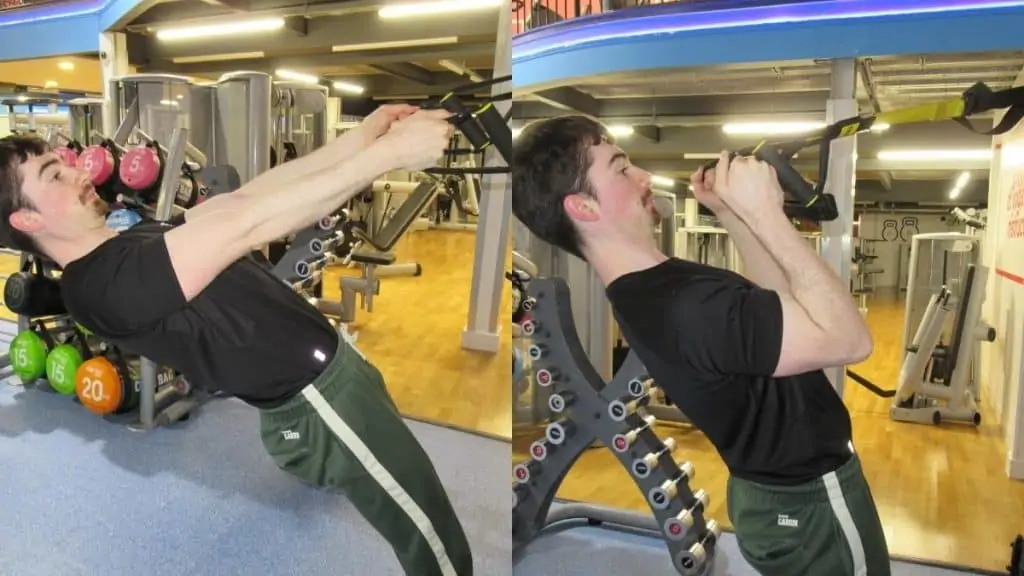
- Suspend your TRX above head height (but not to the ceiling).
- Grab the lower handles (or the strapping above the rubber handles) with a neutral grip.
- Stand with your feet together, and then lean your torso back so that it’s at a 45-degree angle (roughly) with the TRX.
- Tighten your core and ensure that your spine is straight.
- Curl your forehead toward the handles by decreasing the distance between your forearms and biceps.
- Keep curling until your forearms and biceps make forceful contact.
- Squeeze your arms as hard as you can for a few seconds.
- Lower yourself back down for a count of three.
- Repeat for 3-4 sets of 8-15 reps.
TRX hammer curl benefits
Despite its effectiveness, the hammer curl is seldom performed by TRX enthusiasts. This is likely because many people don’t think that using a hammer grip is possible with a suspension trainer. However, as we just learned, you can grab the strapping with a neutral grip with relative ease. So here are the benefits you can expect to gain by including this awesome arm exercise in your workout routine.
Better brachialis development
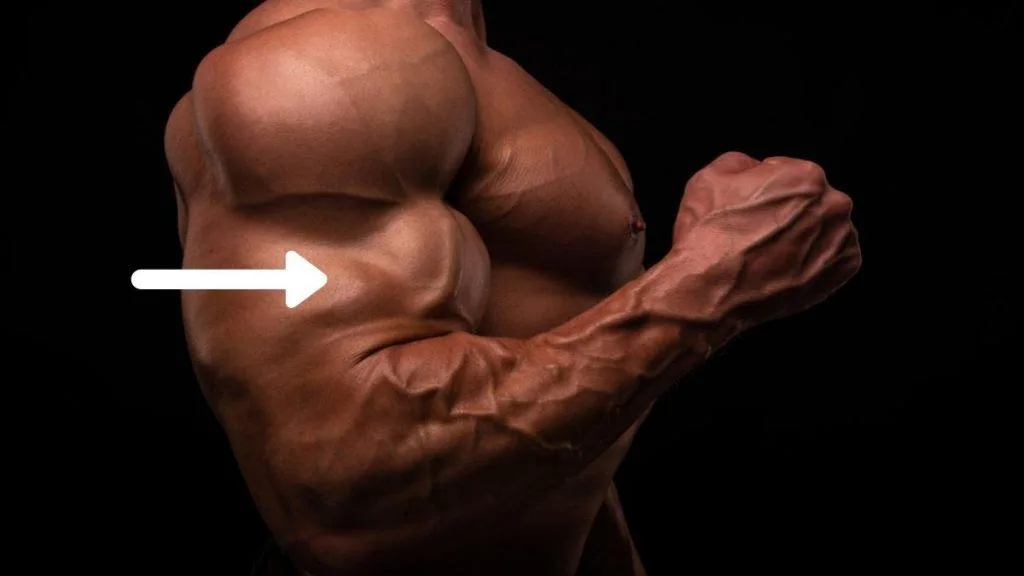
The brachioradialis and biceps are both fast-twitch. But the brachialis, which is a small muscle that lies beneath the biceps, is actually slow-twitch dominant. Therefore, it responds best to high reps, plenty of training volume, and slow lifting tempos. [1]
This makes the TRX hammer curl the perfect exercise for the job. Unlike, say, hammer curls with bands, you’re typically performing TRX hammer curls in a very slow and controlled manner. As such, you’re naturally going to set your little brachialis on fire and make it grow larger, which can actually make your arms appear wider.
This exercise also makes a great addition to any TRX forearm workout because it taxes the gripping muscles as well as the powerful brachioradialis.
Lower injury risk

Isolation, open-chain exercises such as the 112 hammer curl are far from dangerous. Still, if you take the path of a bodybuilder and start chucking heavy weights around, then you can easily irritate your elbows and wrists.
TRX hammer curls, on the other hand, are a closed-chain exercise, which means that they naturally have excellent tissue stress distribution. [2] In other words, bodyweight exercises like this are better for your joints than free weights.
More convenient
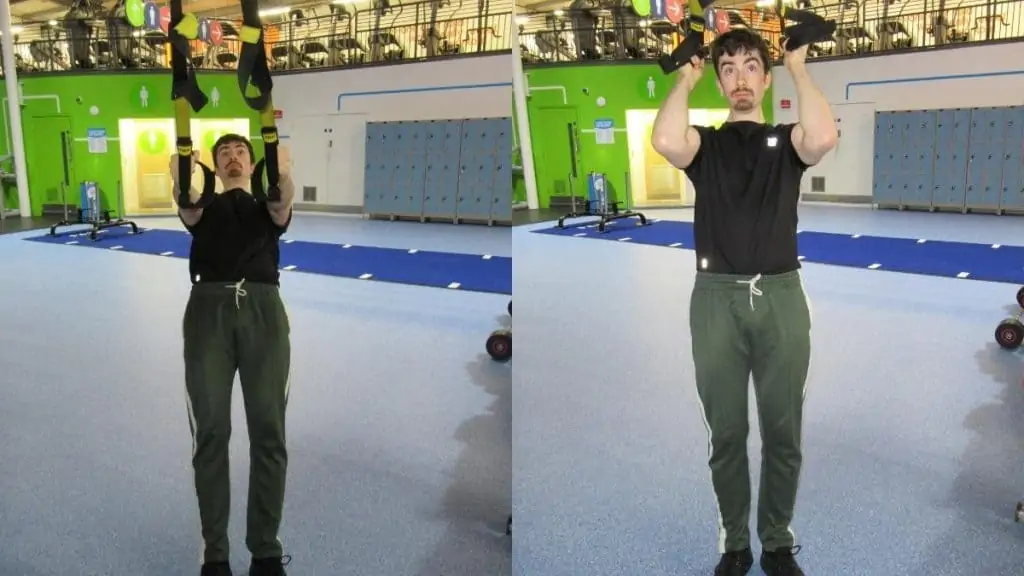
While free weights can certainly build slabs of mass, they’re not exactly convenient to carry around. If you travel for work or for pleasure, then you naturally run the risk of skipping workouts if your training relies on a lot of bulky equipment like dumbbells.
But with a TRX, you can blast your biceps from absolutely anywhere. As such, you no longer have to choose between the adventure that comes with travel and the health benefits that come with strength training; you can have both with the TRX.
TRX hammer curl drawbacks
Overall, TRX hammer curls are highly recommended if you want to build stronger, more aesthetic arms because, for all the reasons mentioned already, they’re one of the most effective bodyweight exercises for biceps development.
Still, there are a few downsides of the exercise that you need to take into account before deciding whether it’s right for you and your goals.
Lack of progressive overload
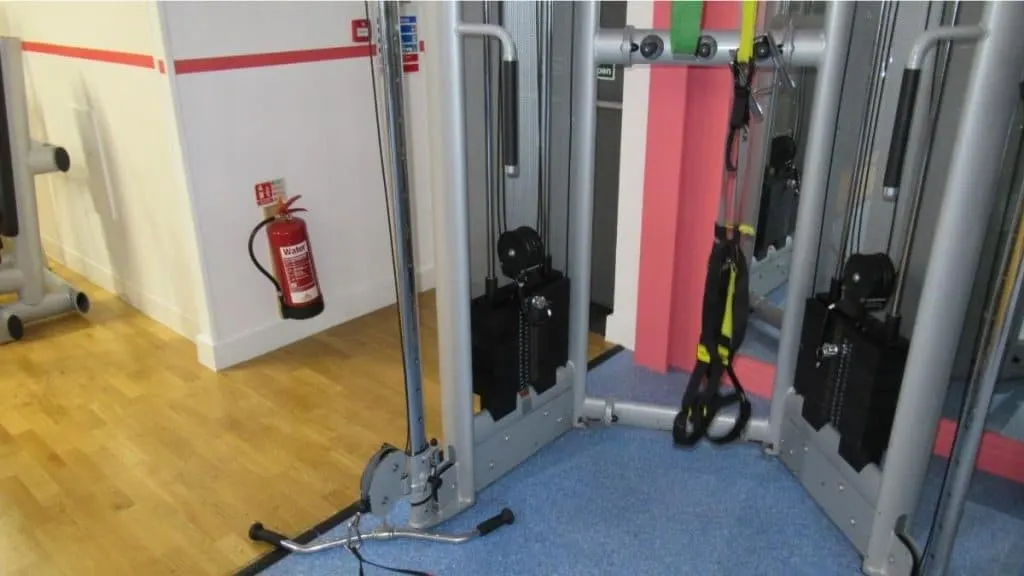
If you train in a well-equipped gym, then you’re never going to run out of dumbbells to curl. But with the TRX, it can often feel like you’re not making progress since the weight appears to be staying the same.
This is only half true. Your body weight can only provide so much resistance, but you can still manipulate it to generate more tension, which, after all, is what makes muscles grow (muscle tissue doesn’t know what kilos or pounds are).
Slow down your negatives and extend your peak contractions in order to generate more tension for your biceps. This can keep you gaining size for a long time. And before you know it, you may well already have the arm development that you desire from the TRX hammer curl, so it’s not as if you need to keep coming up with new modifications forever.
Yet, if you can’t get rid of the bodybuilding bug, then you can always wear a weighted vest to increase the resistance. This will certainly make the TRX less convenient, but it’ll also allow you to keep progressing once lifting your bodyweight becomes too easy for your arms.
Less muscle isolation
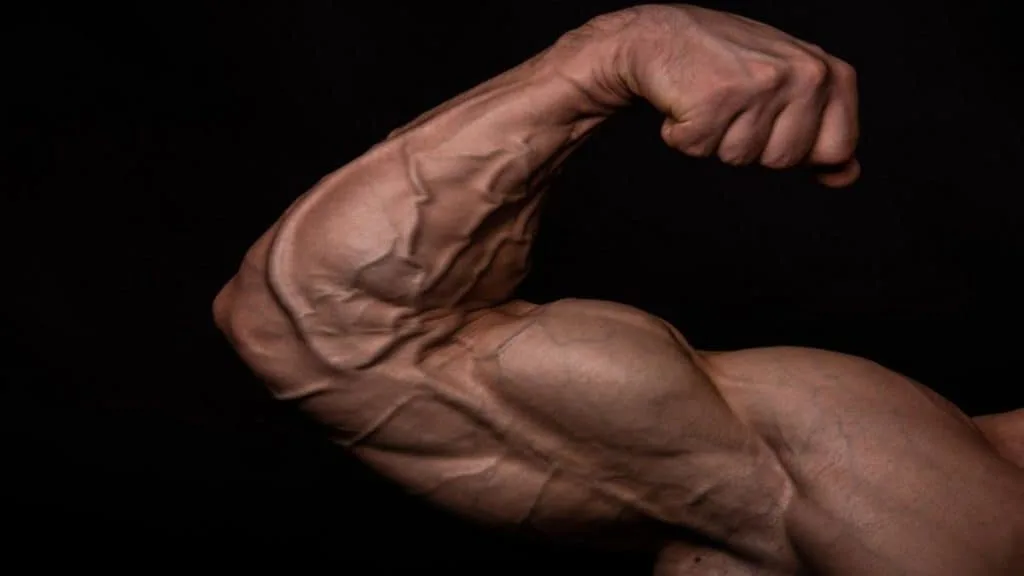
In terms of exercise mechanics (i.e., joint movements), TRX hammer curls are most definitely an isolation exercise because you’re only flexing your elbows. However, since the exercise requires a strong core and stability throughout your upper back, you’re also going to work your abs, lats, and traps to a certain degree.
This is sub-optimal from the point of view of a bodybuilder, who usually tries to isolate his muscles as much as humanly possible. But from the perspective of someone with less extreme physique goals, this extra muscle activation is actually a good thing because it increases your core strength and thus makes you more proficient at TRX training in general.
Harder setup
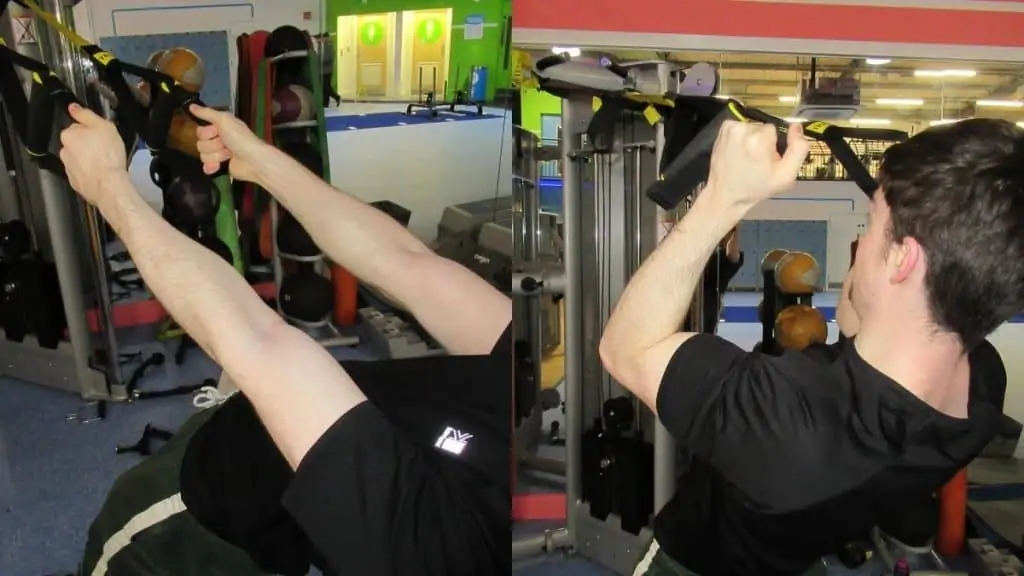
With the standard hammer curl, you just grab two dumbbells and start curling. It’s that simple.
But with the TRX version and some of the other bicep exercises without weights, you have to suspend the device securely and find the ideal foot position (which can take some time to gauge initially). So in this sense, the exercise is less convenient than a standard hammer curl.
However, since you don’t need to go to the gym to use the TRX, you still save more time overall by doing your hammer curls with a suspension trainer. While the initial setup might seem a bit complicated at first, you’ll soon become a pro at positioning your TRX after a few weeks of workouts.
The verdict on TRX hammer curls
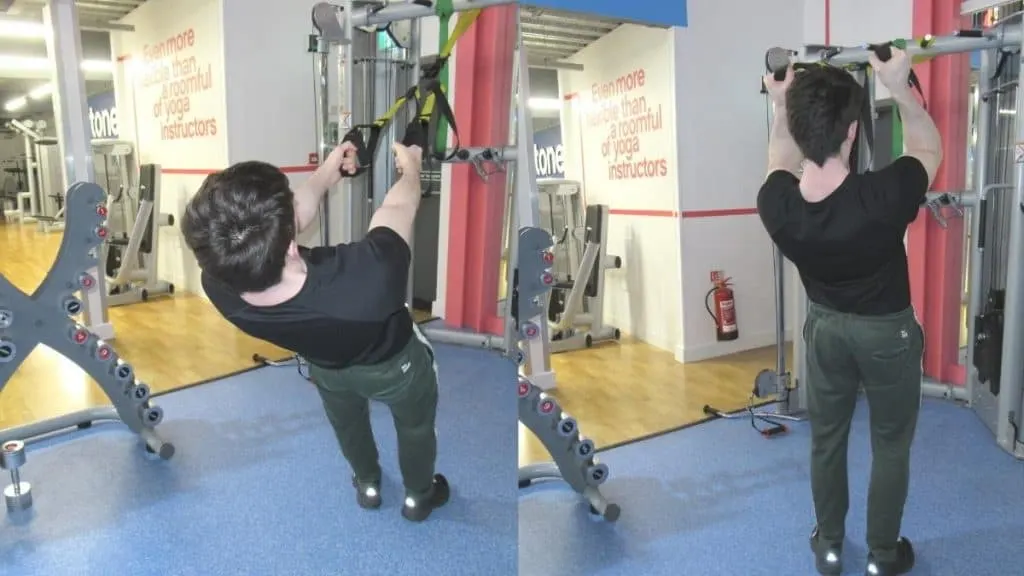
The TRX hammer curl simultaneously builds up your arm muscles while also improving your core strength. You’ll feel an intense pump in your biceps when you perform this drill because it really forces you to squeeze your arms intensely in order to lift your bodyweight.
It’s highly recommended to perform slow negatives. This way, you’ll get plenty of time under tension, which is critical for the development of new muscle tissue. In particular, you want to squeeze your biceps and forearms for a few seconds and then lower your body down over a period of 3-4 seconds. From there, you just feel the burn and enjoy the gains!
References
- Quinn, E. (2020). Fast and Slow Twitch Muscle Fiber Types. Verywell Fit. https://www.verywellfit.com/fast-and-slow-twitch-muscle-fibers-3120094
- Henselmans, M. (2012, January 27). 7 Principles of Exercise Selection | T Nation. T NATION. https://www.t-nation.com/training/principles-of-exercise-selection

